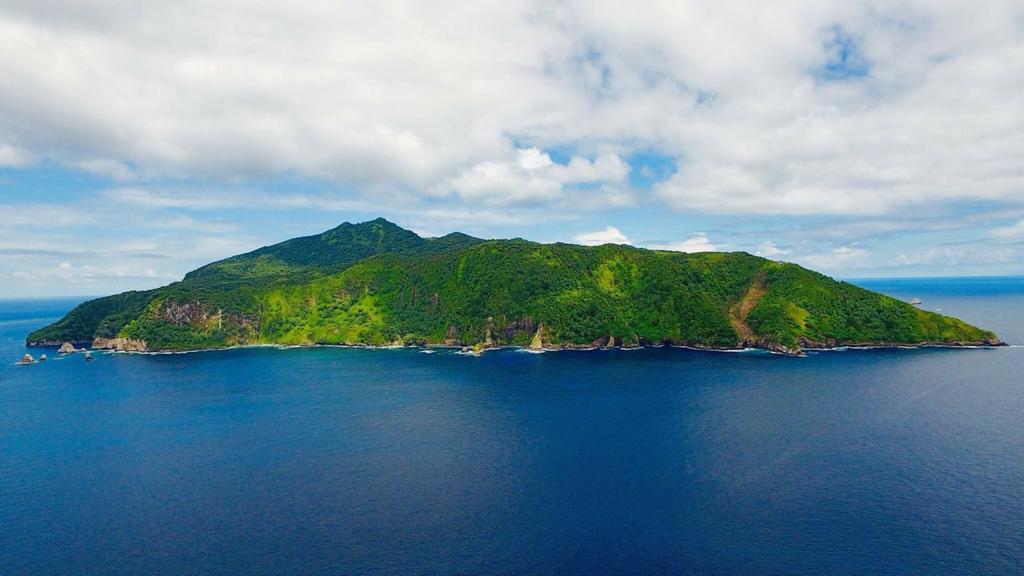Costa Rican President Carlos Alvarado signed a decree expanding Cocos Island National Park, increasing the fully protected area in its Pacific waters by nearly 53,000 square kilometers. Cocos Island National Park is a fully protected area that prohibits fishing and other extractive activities, and was designated a National Park by the Costa Rican government in 1982.
President Alvarado also created the Bicentennial Seamounts Marine Management Area, twice the size of the expanded Cocos Island National Park, which will include some no-take (space set aside by a government where no extractive activity is permitted) areas and strengthen fisheries management.
This expansion follows an agreement signed between the presidents of Costa Rica, Panama, Colombia and Ecuador at COP26 on climate change in Glasgow last November 2. This agreement, in part, committed to protect a total of 500,000 square kilometers in the eastern tropical Pacific. The region is home to endangered species of sharks, sea turtles and marine mammals that migrate between marine protected areas along “marine corridors”.
National Geographic Pristine Seas along with partners FAICO, Forever Costa Rica, Marviva, The Nature Conservancy, Conservation International, Pretoma and the University of Costa Rica, conducted an expedition to study pristine ecosystems on Cocos Island in 2009 to establish new scientific baselines for the intact and critically important seamounts around the island.
Expedition members tagged sharks and sea turtles to obtain long-range migration data, measure reef fish and shark abundance, and conduct the first scientific surveys on the seamounts south of the island. Pristine Seas and its partners produced scientific reports that served as the foundation for the creation of the Marine Management Area and the expansion of Cocos Island National Park.
The team also produced a film, “Shark Island,” (which depicts its underwater world, the threats and the heroic work of the people who fight daily to protect it.
“Cocos Island is like Jurassic Park: a rare wild place that shows us what the ocean of the past was like, but also what the ocean of the future could be like, if we so choose. The expansion of Cocos Island National Park is a testament to the Costa Rican government’s ocean leadership, which further protects this Natural World Heritage Site from the growing threat of industrial fishing,” said National Geographic Explorer-in-Residence and Pristine Seas founder Enric Sala.
“The extension of Cocos Island National Park and the creation of the Montes Submarinos del Bicentenario Marine Protected Area represent a historic milestone for Costa Rica and the ocean. At the same time, it serves as a model for other countries to emulate and follow. Friends of Cocos Island (FAICO) is committed to continue assisting the Costa Rican Government in the conservation of its sea,” said Carlos Manuel Uribe, Founder of FAICO.
To date, Pristine Seas has supported the creation of 26 marine protected areas around the world. Currently, less than 8 percent of the ocean is protected, but the program will work with local communities, indigenous peoples, governments and its partners to help achieve protection of at least 30 percent of the ocean by 2030.
About National Geographic Pristine Seas
National Geographic Pristine Seas is a global program that combines exploration, research, strategic communications, education, political and economic work, and community engagement to help create world-class marine reserves and ensure their effective management. Pristine Seas has inspired the creation of 26 marine reserves, an area covering more than 6.5 million square kilometers. Learn more at nationalgeographic.org/pristineseas.

